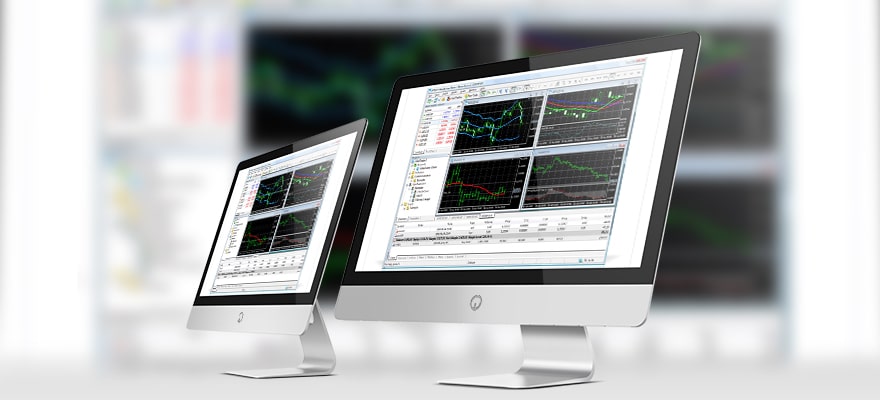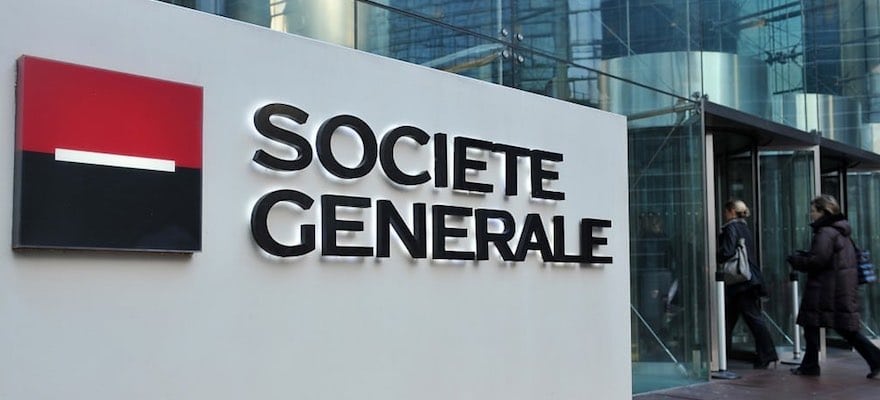The Brasil Bolsa Balcão S.A, more commonly referred to as B3, published its operational figures for the first month of 2019 on Tuesday. During the month, the exchange posted mixed trading results, with the average daily traded volume falling month-on-month for foreign exchange (Forex ) rates.
The B3 exchange is the result of the merger of three separate exchanges - São Paulo Stock Exchange (Bovespa), the Brazilian Mercantile and Futures Exchange (BM&F) and CETIP. Through BM&F, investors can trade FX rates, commodities, stock indices, interest rates and more.
Taking a look first at FX rates, during the month of January, the average daily traded volume was 733,000 contracts. When compared to the previous month, where 738,000 contracts were traded, this is down slightly by 0.6 percent. However, on an annual comparison, January of 2019’s figure is up by a solid 20.2 percent.
The average daily traded volume for commodities was 6,000 contracts in January. This is 1,000 more contracts than that traded in December of 2018, which represents an uptick of 17.5 percent. However, when measured against January of 2018, the volume is 17.4 percent less.
Overall, the average daily traded volume for all derivatives during the month was 3,969,000 contracts. This is up on both a monthly and yearly comparison, climbing by 17.7 percent and 14.6 percent respectively.
Revenue Per Contract Rises for FX Rates on B3
Taking a look at the revenue per contract, forex rates attracted an average R$3,598 ($970) during January. Unlike average volumes, this figure is up when measured against the previous month and January of 2018.
Specifically, the revenue per contract for FX rates increased by 3.3 percent, from December’s figure of R$3,481 ($938). It has also increased by 17.8 percent from January of 2018, which had a revenue per contract of R$3,054 ($823).
For commodities, the revenue per contract was R$2,028 ($547), which represents a slight increase of 2.1 percent year-on-year, as January of 2018 achieved a revenue per contract of R$1,986 ($535). However, this figure doesn’t hold up on a monthly comparison and is actually 29.3 percent less than that reported in December.

















